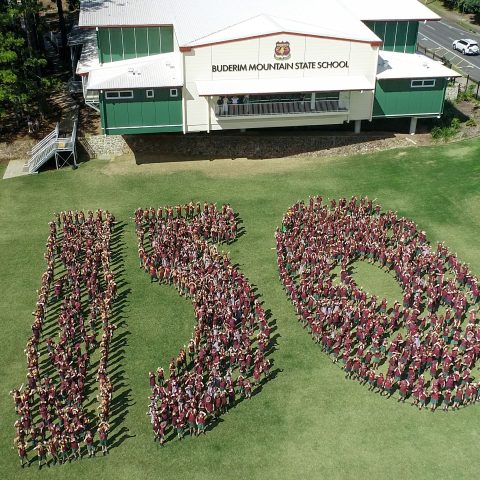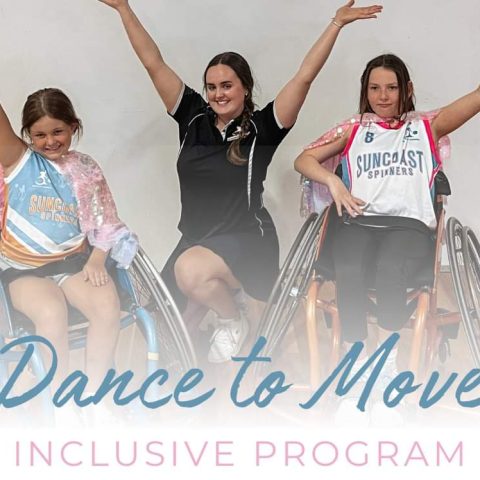Our PR Director, Michelle Smytheman, is passionate about helping emerging professionals in the communications industry and teaches at the University of the Sunshine Coast. As part of an assessment task this year, there have been some excellent blogs written by first-year students about emerging business trends. We are proud to share their work.
By Thomas Howarth
 Queensland is buzzing after the announcement of that Brisbane would host the 2032 Olympic and Paralympic Games, and with the games less than a decade away the country is in full swing preparing its facilities and it’s athletes. The Queensland Academy of Sport has launched its new campaign You for 2032 in hopes of inspiring the youth of today to begin their journey towards the games now.
Queensland is buzzing after the announcement of that Brisbane would host the 2032 Olympic and Paralympic Games, and with the games less than a decade away the country is in full swing preparing its facilities and it’s athletes. The Queensland Academy of Sport has launched its new campaign You for 2032 in hopes of inspiring the youth of today to begin their journey towards the games now.
The theoretical concept of ‘cognitive dissonance’ links well to the You for 2032 campaign and is a warning to those buying into the program and the dangers that may lie ahead of it. Indeed describes cognitive dissonance in marketing as the consumer’s feelings and expectations about a product or service when buying into it. From a marketer’s standpoint they want to paint a positive picture that justifies the loss of time or money that a customer receives from the product or service.
This relates perfectly to ‘You for 2032’ as the campaign promises a “once in a lifetime opportunity” for those who apply and the opportunity to show their talents on the big stage in a few years’ time. On a separate page the Queensland Academy of Sport outlines The Path to 2032 which emphases the word ‘you’ in many instances. Once again enforcing the “unforgettable life experience” that applying for this program with have on participants. This is all clear cognitive dissonance as children and parents are being shown a life of glory and fame that can start ‘today’ simply by taking the first step and applying. However, the program’s front pages lack any warning to appliers about the negatives that could come and the sacrifices that will be made if they choose to follow this path. In order for these “athletes” which the program requires to currently be between 13-23 years of age, to be able to perform at the highest level they will be required to training multiple days a week dedicating the next decade to the goal of making the Olympic team. For some this may mean a sacrifice in their schooling and for many a sacrifice in their social life. Socialising is so important in the growth of humans as it allows us to build the skills and confidence needed later in life. If proper precautions are not taken by the parents, Queensland Academy of Sport, and the athletes themselves a fundamental part of a child’s upbringing could be missed, hindering them later in life. Furthermore, those that don’t make the team will have lost a decade of their life that they’re now required to somehow get back in order to find their footing back in society.
Another issue is the training and care for the athletes that is need across all ages. Many athletes already suffer from overuse injuries which in many occasions restrict them from taking their performance any further. Countless athletes every year reach the age of 16-18 and receive a life changing injury due to overtraining since a young age due to parent or coach influence. This is a risk especially for younger athletes whose bones and muscles are still growing and therefore are not yet able to handle the pressure and stress that high performance sports and training required. Trainer of former NBA great Michael Jordan, Tim Grover, talks on the issues of current day athletes and the amount of “expert” trainers they now have despite little need for them. His philosophy on the importance of injury prevention training in order to improve athletic performance has seen many of his clients reach NBA titles and MVP awards with little to no injuries hindering them.
In order for the program to be a success it’s important that the Queensland Academy of Sport takes care of its customers and their overall health and future. By cognitive dissonances definition children and young adults are being painted a picture of a life of glory and fame without being told about the risks, consiquences and sacrifices that will occur by partaking in the program. Not only that, by training at such a young age those who apply are susceptible to overuse injuries that could effect them for the rest of their lives. This trend of athletic development will only grow as we get closer to the games and it is important for parents and those applying to be aware of not only the picture perfect future promised, but also the downsides and possible risks that they could face.




